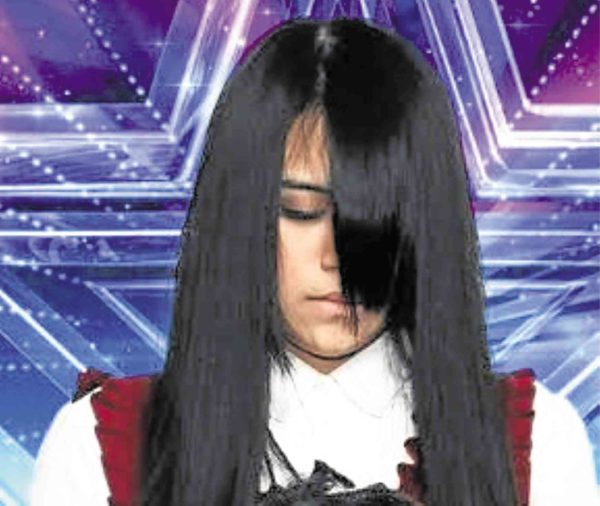Last week, two TV talent tilts held their finals but, instead of crowning unarguably superior champions, they raised some eyebrows.
This was due to the fact that, in both instances, some technical “additives” shifted the focus from the winning contenders’ performances.
For instance, on “Asia’s Got Talent,” the winning act from Indonesia was The Sacred Riana, a truly unusual performer who “scared” both jurors and viewers into voting to unexpected victory.
This was a far cry and departure from the usual singers, dancers and comedy-novelty exponents who vie for viewers’ favor on the regional talent tilt.
But, Riana’s unsettling uniqueness worked for her, and enabled her to trounce the competition.
However, some of her mystifying and scarifying routines made use in part of magical, psychic, psychological and technical ploys that helped her create the subtle tricks and effects that bowled viewers over.
Unlike some other acts that relied mostly on performers’ physical or creative abilities, Riana’s ability to mystify viewers was wrapped up in a larger “package” that included those magical and technical adumbrations.
A similar complication in terms of clear and firm focus was evident in the recent finals of the “World of Dance” TV competition, where the winning act, “Les Twins,” was showcased in a “contextualizing” setting enhanced by an adroit and creative use of lights and mirrors.
Winning moves
With their help, the two dancers were sometimes made to look like four or more, thus adding to the visual appeal and excitement of their winning moves.
Make no mistake: They were brilliant dancers—but, the mirrors and effects surrounding them added to the impact of their performance.
So, where did that leave the other finalists, who had to excite and thrill viewers with far fewer “atmospheric” help? Did the tilt’s jurors “mentally subtract” the “contextualizing additives’” impact in choosing the winner?
In any case, the use of technical adumbrations has become more popular and prevalent on TV talent tilts, so clearer policies and standards should be established to avoid controversial verdicts in the future.
Our opinion is that, when it comes to talent competitions, especially when they get to their final rounds, tilts should consciously and scrupulously pare down competing performances to their physical core, with technical support and “enhancement” kept to the bare minimum.
The use of technical “enhancements” in live performances has become a bigger issue not just in talent tilts, but also in some musical stars’ special showcases or world-tour productions.
The fact that stage sets, lighting effects and even “live animation” can be conjured digitally to such pluperfection these days has tended to reduce some live performers to mere elements in a musical production’s grand design.
Ideally, the effects are there to serve the star, but the embellishments have sometimes turned out to be so distractingly brilliant that they end up upstaging the supposed-to-be top luminary.
Where and when do we draw the line? The time to establish clear and firm standards and limitations is now.
